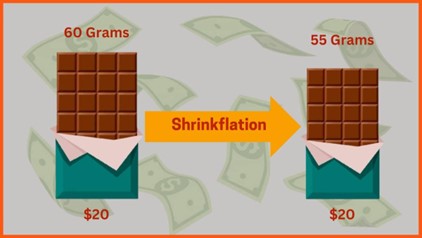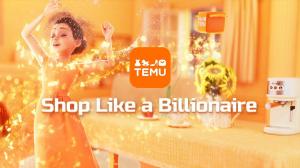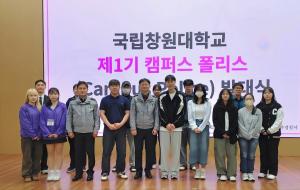Fukuoka is a city located in the northwest of Kyushu, Fukuoka prefecture, Japan. As of 2008, about 1.5 million people live here and the population density is 4,194 people/㎢. Fukuoka is the capital city of Fukuoka prefecture, and is the center of Kyushu’s politics, economy, and culture. Since the 15th century, Fukuoka had traded with the Ming Dynasty, the ruling dynasty of China from 1368 to 1644. The modern city was formed on April 1, 1889, with the merger of the former cities of Hakata and Fukuoka. Historically, Hakata was a port and merchant district, and was more associated with the area’s culture and remains the main commercial area today.
A visit to Fukuoka will show you the many differences between Japanese culture and Korean culture. For one thing, Fukuoka has a more relaxed traffic system compared to that of Korea. Many buses depart every few minutes. All passengers pay a bus fare when they reach their destination. The fare is different for each destination. All passengers board the bus through the rear door and receive a bus ticket. When they exit through the front door, they pay the fare according to their destinations. Passengers without transportation cards have to get a ticket from a ticket dispenser when they board the bus. The ticket indicates the stop where the passenger boarded the bus and pays the fare accordingly. The passenger has to show his ticket to the bus driver when getting off. In Japan, bus fares are determined by distance. On the contrary, in Korea, every local bus fare is the same regardless of distance.
Another difference can be seen in serving food. When you go to a restaurant in Japan, you will see that the amount of food served to you is much less compared to that of Korean restaurants. When you see the burgers at Mos Burger, a famous hamburger chain in Japan, and the portion of snacks served with alcoholic beverages at a bar, you will be surprised at how small they are. Perhaps, this difference can be explained by the fact that in the past, food was relatively scarce in Japan. The people understand this scarcity and practice the virtue of prudence. The Japanese people avoid waste by managing their money and resources efficiently and economically.
Finally, one of the biggest cultural differences between the two countries is that Japan is a highly individualized country. Japanese people value their privacy, and this is manifested in the way tables are arranged in some Japanese restaurants. For instance, ramen noodles shops have screens or curtains to separate people so that they can eat privately. People passing by the ramen noodle shops cannot tell if one is eating ramen alone or with company. In Korea, it is okay for people to share tables even if they are strangers to each other. Also, unlike Korean restaurants, Japanese restaurants don’t provide second helping of side dishes (called “jjigaedashi”). In food stalls on the street, customers have to order according to their individual appetite. They can customize their food to suit their preferences. For example, they can adjust the meal’s spiciness and thickness of flavor.
Now, let’s look into the places for sightseeing in Fukuoka. The first tourist spot is Fukuoka tower. About ten minutes by bus from Hakata station, Fukuoka tower faces the sea-side Momochi Koen and offers beautiful scenery. The Fukuoka tower is a tall building which looks like the 63 Building in Seoul. This building is quite unusual because of its triangular shape, and the façade looks like a paper plane. This place is popular among tourists. You need to pay an admission fee to take the elevator and go all the way to the top. On top of the tower, you can see the spectacular beach, a magnificent wedding hall, and beautiful houses.
In Fukuoka, the streets are clean, and a visit on a fine day will give you a feeling of exhilaration. The season of fall is the best time to visit. The colorful surroundings provide a backdrop for great pictures. It’s no wonder why this city is frequented by great photographers.
Next, let’s take a look at the ruins of a castle. The castle ruins are located in the midst of a modern district filled with high-rise buildings. Except for the Japanese signboards, this place looks very much like Korea. The buildings are narrow and tall and seem to stretch so far back when seen from a distance. This type of construction is typically Japanese. There were market places that are similar to the ones in Korea. A premiere shopping center called Canal City reminds you of Changwon city’s City 7. In this shopping center, the buildings are connected by bridges. There are clothing shops, fine dining restaurants, game rooms, and fast food restaurants. There are three crepe shops in Canal city, and they are usually crowded with customers hungry for creamy and fruity crepes. Crepe is a favorite among the Japanese. Game rooms are always packed with Pachinko enthusiasts. Coin-operated Pachinko machines are so popular that a lot of people get hooked.
The ruins of Fukuoka seem to be the most symbolic of Japan. It is a place that suggests the Japanese culture wherever you look because of its uniqueness. On the same manner, when you look at Seokga and Dabo Pagodas, you are reminded of Korean culture since they exist only in Korea. The shrines are filled with Japanese decorations such as lamps and lights, and in one of the shrines, you can know your fortune by paying 30 yen. It is called “Omikuji”, a paper that tells you your fortune which includes a variety of information about work, travels, relationships, conflicts, job opportunities, victories, disease, studies, and births. There were also several cultural rituals related to the Japanese ruins such as ringing a bell, clapping, and then kowtowing.
Lastly, the Japanese are extremely friendly, polite, and considerate. When visiting a tourist spot, ask anyone to take your and they will happily oblige and not show any signs of objection. They are also respectful towards the handicapped. This cultural aspect of the Japanese society can be considered highly evolved.
Where as Japan is our neighbor, we can find so many differences between our two countries, from looks to culture, It's pretty obvious that we need to learn their style of thorough and dedicated workmanship.
Gwon Ji-Un gwonjyun@changwon.ac.kr
<저작권자 © The Campus Journal, 무단 전재 및 재배포 금지>

 Shrinkflation, Consumer Deception
Shrinkflation, Consumer Deception




